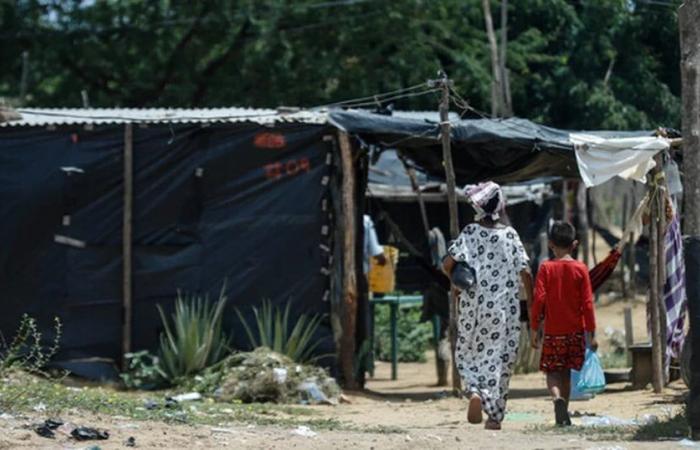
The Comptroller General of the Republic warned that inequality levels in Colombia remain high. Referring to the companies that generate the most income, it stated that “they are the ones that have the greatest tax discounts in proportion to their income and those that are paying the lowest effective rates.”
The study carried out by the entity shows the impact of the reforms from 2012 to 2019, based on statistics from the National Tax and Customs Directorate (Dian), it reflects the way in which some indicators for the income tax of natural and legal persons. The study, which has 37 pages, shows the evolution that Colombia has had in the issues of poverty and equity, from 2014 to 2022, supported by statistics from the Dane and the OECD.
You can now follow us on our WhatsApp Channel and in Facebook.
The analysis details that in 2021, 39.3% of the population was in monetary poverty and 12.2% in extreme monetary poverty, despite the fact that in the last decade the trend is low. The Dane indicator, multidirectional poverty, shows that in that year there was a reduction in poverty, since while in 2014 it was 21.6% of the population, by 2022 the incidence dropped to 12.9%. Due to the effects of the covid-19 pandemic, there was a significant decline in the rates.
“In terms of equity, national and international statistics show that income distribution in Colombia has not changed much, and that is why the country is still one of the most unequal in the region and in the world. In 2021, the Gini coefficient, an indicator frequently used to measure inequality, was 0.523, showing progress, albeit slight, in income distribution,” the Comptroller’s Office said.
The distribution of income in the country has not changed much, according to statistics published by World Inequality in 2021, the richest 10% of the population obtained 55.6% of the total income, in contrast to the poorest half of the population who it barely reached 6.9%. For its part, the richest 1% obtained 17.8% of the total income.
“Colombia is ranked as the most inequitable country in the OECD. What is notable is that fiscal policy in Colombia has a limited impact on changing this situation, since the Gini coefficient has a minimal change before and after taxes and transfers,” the organization added.
The Comptroller’s Office confirmed that the tax reforms from 2012 to 2019 did not have a great impact on the progressivity of the income tax for individuals and legal entities. “With the reforms, the number of individuals who filed income tax returns experienced a significant increase between 2014 and 2021, going from 1.6 million to 4.4 million taxpayers. In particular, the 51% increase in 2017 is largely attributed to the changes introduced by the 2016 reform, which resulted in a significant increase in net tax revenues,” the report reads.
The entity’s conclusion is the importance of advancing the tax system through reforms that allow increasing tax collection to strengthen the income of the Central National Government, to promote economic growth and productivity.
“This study aimed to show the evolution of the main indicators of poverty and equity in Colombia, and how the different tax reforms are reflected in the changes in the progressivity of the income tax for natural and legal persons, based on information by quantiles. that Dian publishes on its institutional website,” he concluded.

